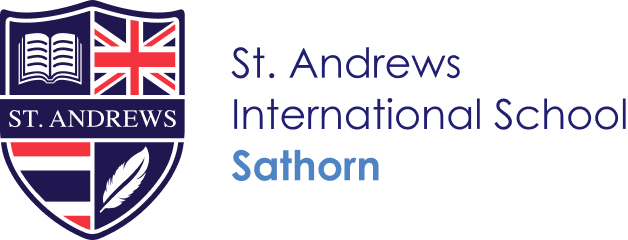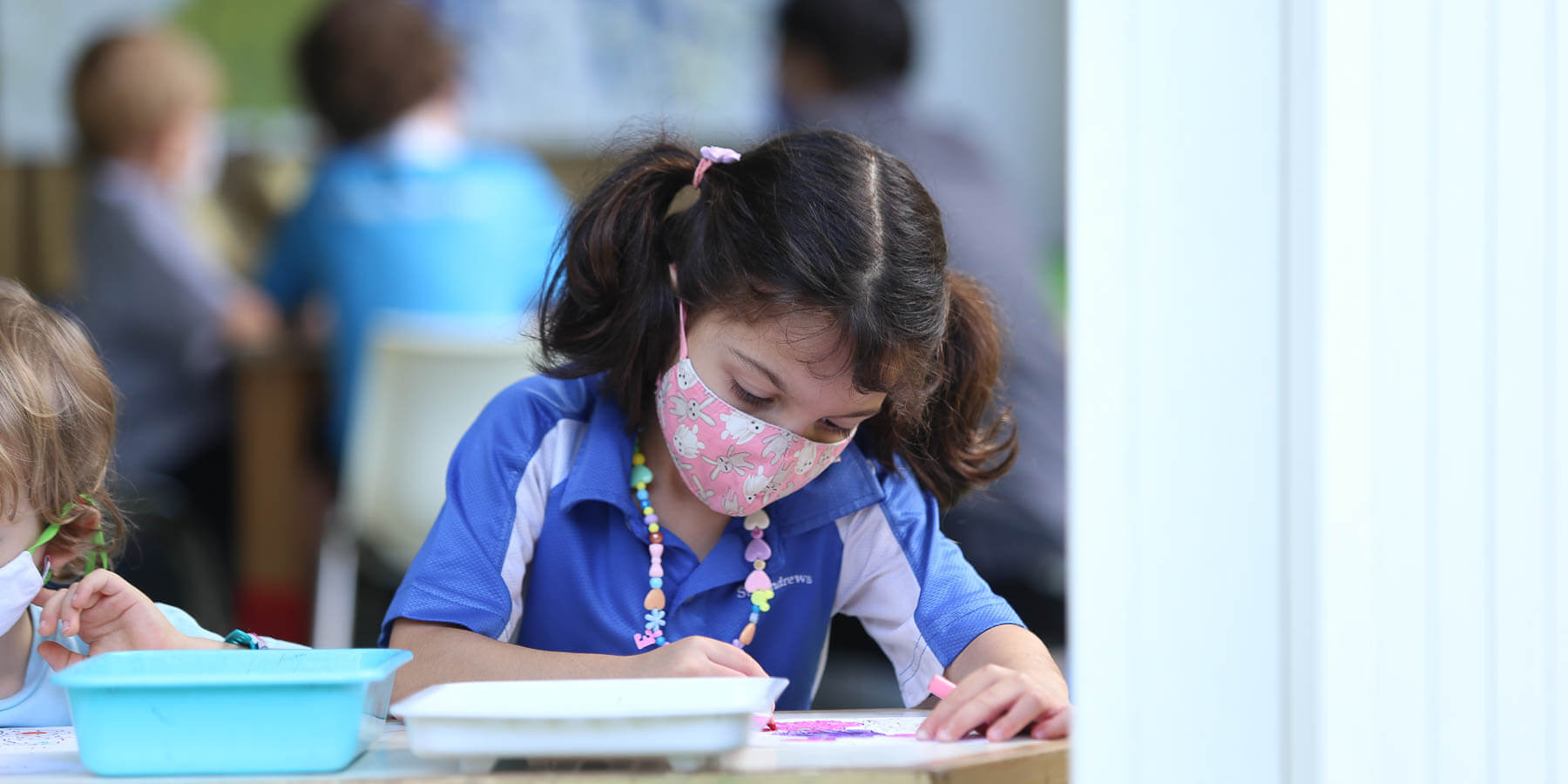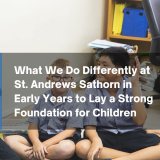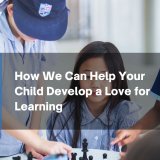Why personalised learning is the right path for your child’s education
When we talk about personalised learning, we are referring to a style of education where every aspect of the curriculum and the way it is delivered is focused on the individual needs of each child. This doesn’t mean that pupils have a choice about what, where and how they learn, as some mistakenly think. Rather, it is an educational approach that is based on differentiation and individualisation as the paths to better outcomes for every child.
What are differentiation and individualisation?
Within the context of education, differentiation is the term used for a type of learning where the teaching is tailored to meet the learning needs, preferences and goals of individual children. However, whilst the academic goals for each year group of children are the same, the teacher has the flexibility to use whatever resources and approaches they see fit to connect with individual children. Sometimes this may be based on practises that have proved successful for similar children in the past, or the teacher may come up with a completely novel approach. At its core, differentiation may be defined as an awareness of and active response to children’ varied learning styles.
When learning is individualised, the teaching is calibrated to meet the unique pace of the children in any one class. In a class there may be children who need to go over a topic again, pupils who have mastered the topic and are ready for the next, and those children who need to learn at a slower pace, or who only learn when they are able to feel fully immersed in the topic.
The personalised approach and learning styles
A personalised learning environment includes all of the above and more. As a result, it is an educational approach that nurtures the needs of each child, because it is adaptable to their learning style.
The four learning styles and preferences teachers encounter most frequently are: Visual, Auditory, Kinaesthetic and Reading/Writing.
The reading/writing learner prefers learning through words in books and online, and are drawn to expressing themselves through writing. The visual learner uses sight and observation, and likes pictures, diagrams and videos. They understand information better when it’s presented in a visual way. Auditory learners tend to learn better when the subject matter is reinforced by sound. They learn through listening to information, so audio books and reading aloud in class are perfect for them. The kinaesthetic child learns through doing things. They like to touch and to construct things, in order to understand them better.
In an ideal world, personalised learning would be on a one-to-one basis, but as this is unrealistic for the majority of parents, the next best thing is a school that has a personalised learning approach at its heart. At St. Andrews Sathorn you can be sure your child will develop the confidence to learn, because the teachers will interact with them at their own pace and adapt topics to their preferred style of learning.
At St. Andrews International School Sathorn, all our teaching staff are experienced in supporting these varied learning styles and have access to a range of tools that allow them to offer a personalised education experience to every child.
Visit St. Andrews Sathorn for a personal tour
To discover how our personalised learning approach works and the other benefits that St. Andrews Sathorn can offer your child/children please come and meet us by scheduling a personalised school tour. You can make an appointment via the Visit Sathorn form on our homepage, or call us. A virtual tour is also available for overseas parents moving to Bangkok.






